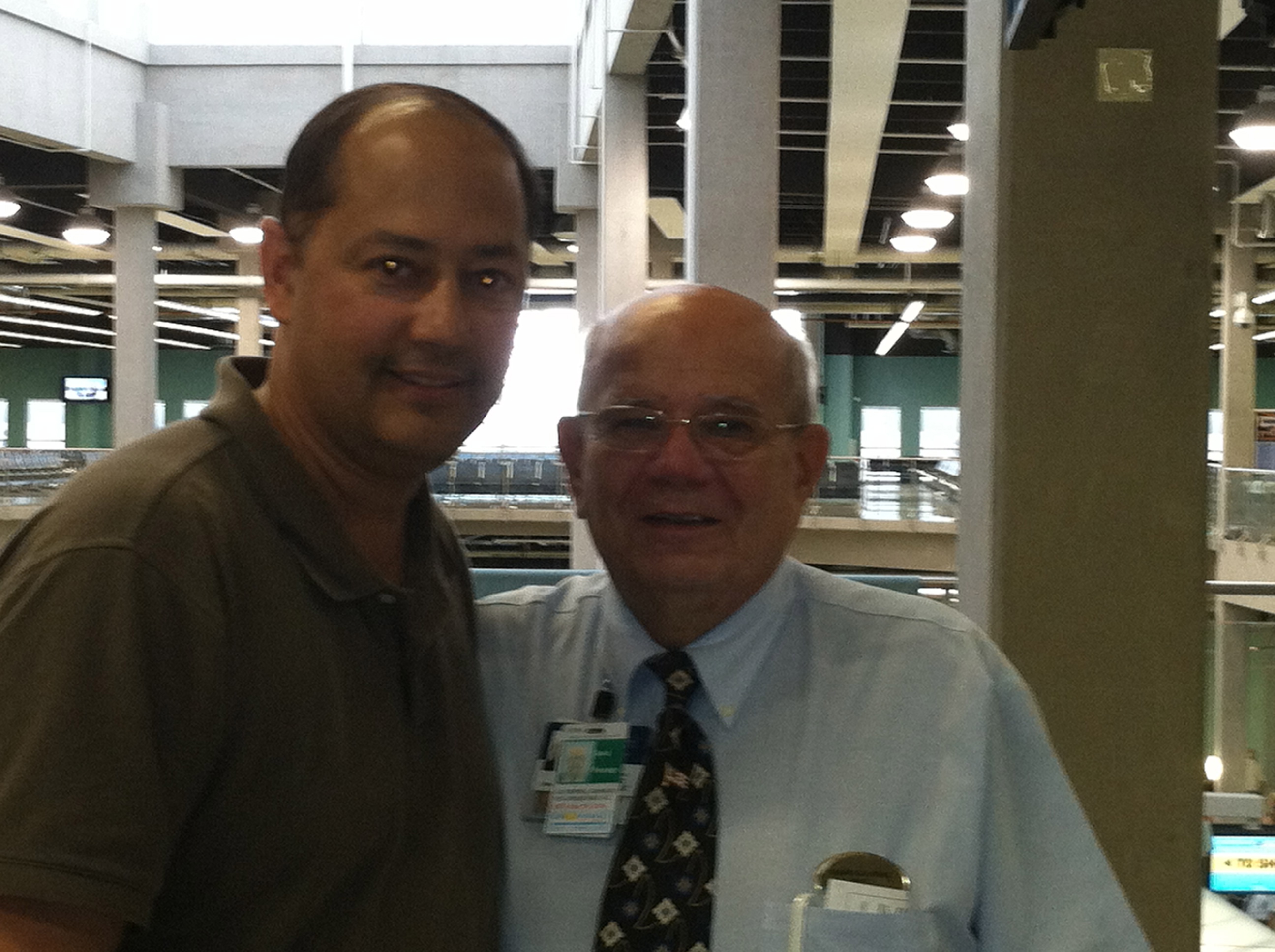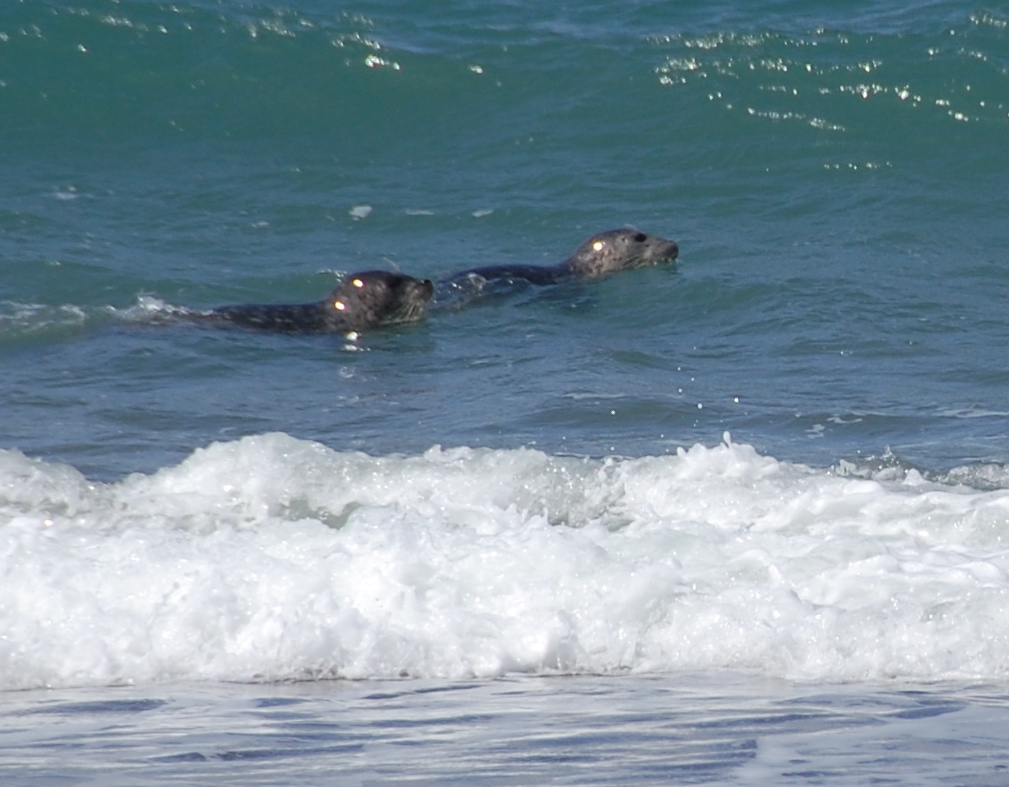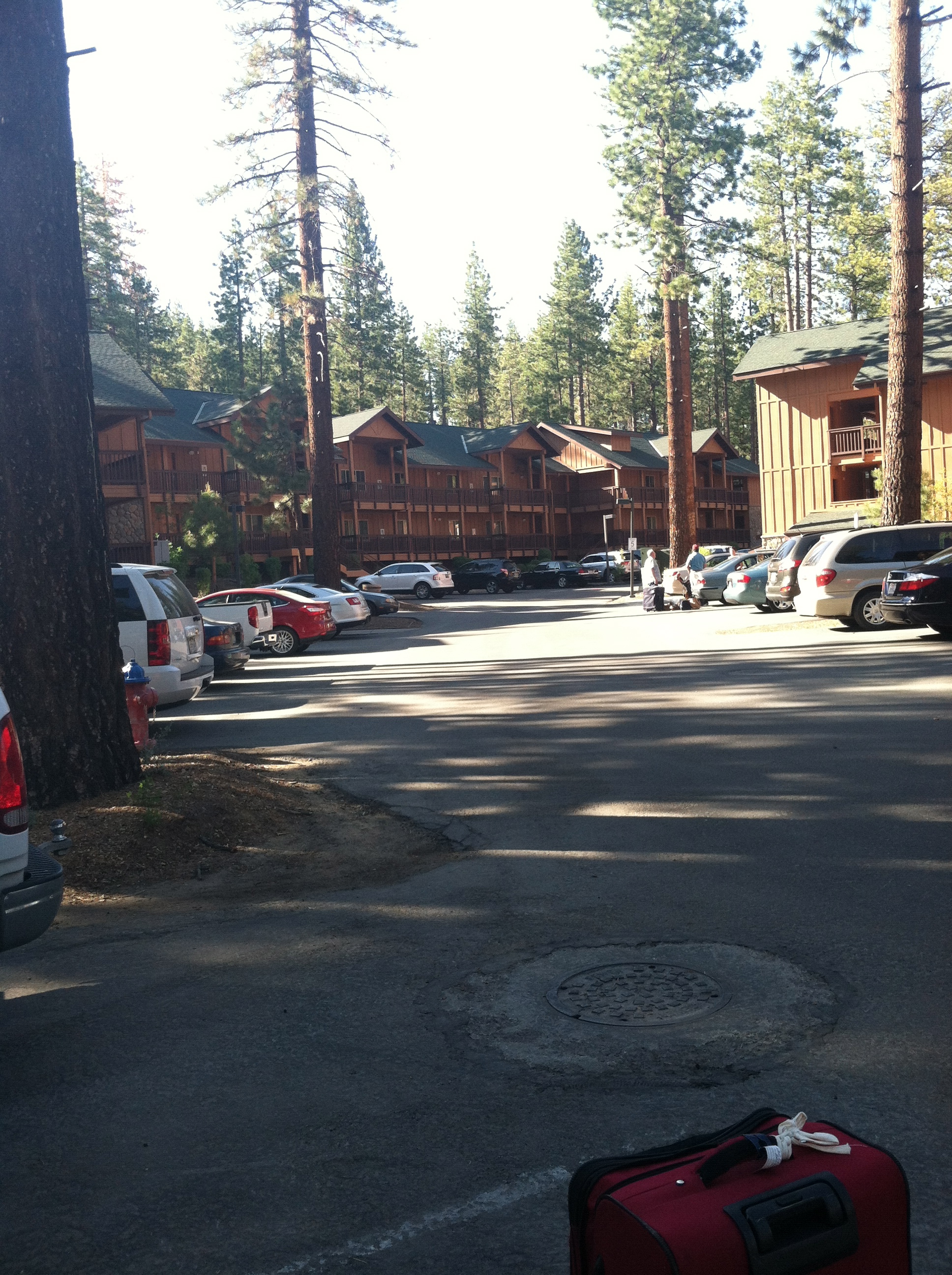
“Somewhere, something incredible is waiting to be known.” – Carl Sagan
I was pounding around this morning and found a paper that Huntsman Cancer Institute provided from the Journal of Clinical Oncology. I’m always grateful when someone will snag the entire paper and put it out there for our consumption. Often you can’t get your hands on it from the journals as they rely on subscription of hospitals and doctors. For those of us lay folks it can be frustrating. And then, even when we do, we have a pretty hard time wading through all the scientific terms of it. But graphs tell a story and the Abstracts and Conclusions often lend great clues for us non science types to sort out what the paper is saying.
Anyway, while I’m a Total Therapy supporter, it wasn’t so much that the struck me as it was the “time to publication” listed in the column of the paper. I am very impressed and if you know my article on “Why a Researching Facility vs. a Treating Physician” I make the case that by the time the information gets into the hands of the treating physician it is OLD, OLD, OLD. So you can imagine my surprise at this quick submission to publication turnaround on this paper! And because I like to be accurate in my claims, I thought I should mention it.
Having said that, take a look at the “internal” time it would have taken to collect this information to put it in a paper. Another area I mention in my article. Papers submitted to publication is just the tail end of the process. All the time it takes (even years) to put together the hypothesis and set up the data collection process, collect it, then analyze it and put together the paper internally is still quite time consuming, as a general rule. On the one hand it can be frustrating for those of us battling MM or other diseases, but on the other hand, its a good thing. It keeps us from massively heading down a road that hasn’t been cleared of debris just yet.
Notice “additional 38 months of follow-up (now at 80 months)”
In Myeloma, a rare disease, an orphan disease, where there is no cure and it is potentially terminal, there is simply no clear, tried and true proven path. But in this time, now, there are paths that are more clear thanks to the research of many and the continuing research interest that is ever changing. If you can understand that you are indeed guinea pigs on this Myeloma road, no matter where you go or what treatment path you choose, then you begin to look for those who are having more success than others. That’s all we can do for now. Its the best we have at the moment and I would continue to argue it is far better than those who came years before us, where choices seemed to be few and outcomes were universally depressing. The numbers of those surviving are moving from the old days of “medically insignificant” to medically significant. Its a good day.
For those interested in the actual article: Long Term Follow-Up of Autotransplantation Trials for Multiple Myeloma…. (Darn those long winded paper titles!)
I think the data collection on patients at Little Rock was one of the more fascinating things to me. It is a massive job, MASSIVE. They have it down, administratively, with the use of computers and excellent administrative/nursing/research staff. To us it seems like business as usual and presents itself as a normal doctor visit (albeit a bit of a step up), but make no mistake, all the questions we answer, and all the test results, are being sorted through and organized for in-depth analysis to be able to see whether what they are doing is meeting the goals. From which conclusions can be drawn and presented for others to challenge and learn from. Its never fast enough for us who want a cure and a quality of life after treatment, but I still have to say, “Thanks. Thanks for all you are doing. Everyone.”























